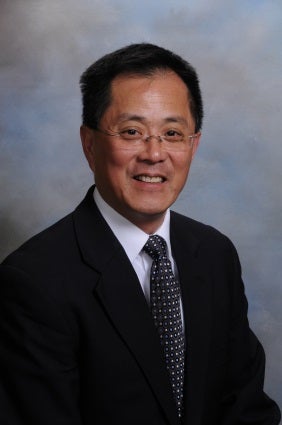ABSTRACT: Advanced lithium ion battery electrodes experience large volume changes caused by concentration changes within the host particles during charging and discharging. Electrode failure, in the form of fracture or decrepitation, can occur as a result of repeated volume changes. In this presentation, we will provide an overview of our recent work on understanding the evolution of concentration, stress, and strain energy within a spherically- or cylindrically-shaped electrode element under various charging-discharging conditions.
We show that a dimensionless parameter, the electrochemical Biot number, can be used to characterize stress and strain energy evolution in an electrode. In particular, the electrochemical Biot number determines the maximum stress and strain energy. Based on analytic solutions, we propose tensile stress and strain energy based criteria for the initiation and propagation of cracks in insertion electrodes. These criteria may help guide the development of new materials for lithium ion batteries with high energy density and long cycle life. We will also discuss self-healing and surface modification to enhance the performance and durability of lithium ion batteries.
Bio-sketch: Y.T. Cheng is the Frank J. Derbyshire Professor of Materials Science in the Department of Chemical and Materials Engineering at the University of Kentucky. His current research interests include synthesis, characterization, and modeling of materials for energy storage and biomedical applications. Prior to joining the faculty at the University of Kentucky in the fall of 2008, he was a technical fellow and laboratory group manager for engineered surfaces and functional materials at the General Motors Research and Development Center in Warren, Michigan. He began his college education in physics at Peking University before transferring to the California Institute of Technology where he obtained his BS degree in physics with a minor in mathematics in 1982, and his MS and PhD degrees in applied physics in 1983 and 1987, respectively. He has authored or co-authored more than 140 publications and holds 47 US patents. He is a Fellow of the American Physical Society and a Fellow of the Materials Research Society. He is also a member of The Electrochemical Society and ASM International.
